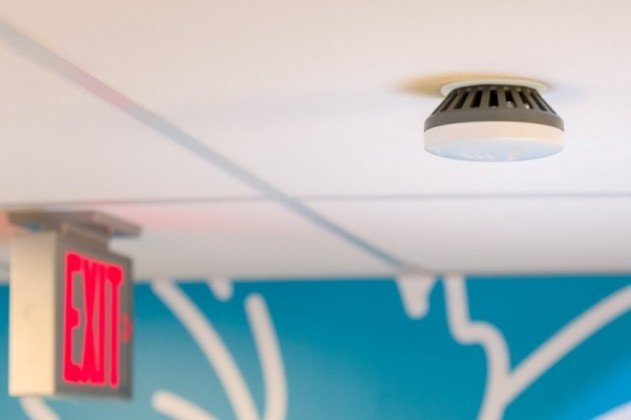 Swisscom will deploy Ericsson Radio Dot System in the telecom operator’s retail stores as part of the strategy to bring Gigabit LTE connectivity to Swiss consumers.
Swisscom will deploy Ericsson Radio Dot System in the telecom operator’s retail stores as part of the strategy to bring Gigabit LTE connectivity to Swiss consumers.
Swiss mobile phone consumers will benefit from greater quality coverage and capacity in hard-to-reach places such as garages, elevators and commercial buildings.
Swisscom achieved gigabit speeds by the deployment of Ericsson Radio Dot System in its retail shops across Switzerland. Swisscom, with carrier aggregation over 3 LTE frequency bands, 4×4 MIMO and 256QAM, delivered up to 1.2Gbps in downlink capacity.
Swisscom aims to deliver Gigabit LTE in 15 Swisscom shops by end of 2017. Swisscom shops in the Bern, Freiburg and Zurich locations are already getting Gigabit LTE speed.
“Delivering Gigabit LTE in our retail stores allows us to showcase the incredible performance of the overall Swisscom network at our key customer touchpoint. Subscribers and potential subscribers can experience first-hand our products on our Gigabit network,” said Dirk Wierzbitzki, head of Products and Marketing, Swisscom.
Nishant Batra, head of Product Area Network Infrastructure, Ericsson, said the Radio Dot System is a key building block in its Gigabit LTE offering on the road to 5G.
With its Radio Dot System, Ericsson is redefining the concept of indoor small cells with the industry’s most cost-effective and modular high-performance indoor radio system, addressing a wider range of indoor environments with a common solution.
More than 120 operators in over 70 countries have already deployed Ericsson Radio Dot System in venues including airports, hotels, hospitals, shopping malls and office buildings.
Swisscom
Swisscom posted revenue of CHF 5,690 million (–1.4 percent), EBITDA of CHF 2,260 million (+1.5 percent) and net income of CHF 839 million (+6.5 percent) in the first half of 2017.
Swisscom anticipates net revenue in 2017 to remain at approximately CHF 11.6 billion and capital expenditure of around CHF 2.4 billion. EBITDA is forecast to increase to some CHF 4.3 billion from around CHF 4.2 billion.
Swisscom will reduce its cost base in Switzerland by over CHF 300 million from 2015 to 2020. The headcount of Swisscom fell by 1.7 percent to 20,775 FTEs in the first half. At the end of June, Swisscom had a headcount of 17,974 FTEs in Switzerland.
The capital expenditure of Swisscom fell due to delays in the network expansion (–11.4 percent) with the Capex of CHF 1,057 million. This figure was CHF 728 million or 16.9 percent lower than the figure recorded in the previous year for the whole of Switzerland.
Swisscom has connected more than 2.7 million lines with the latest fibre-optic technology as of June. Swisscom has connected around 3.7 million homes and businesses to its ultra-fast broadband service (speeds in excess of 50 Mbps).
Swisscom intends to make fibre-optic technology available to every Swiss municipality by the end of 2021, and thus enable remote locations to access ultra-fast broadband.
Swisscom is on track to achieve speeds of 1 Gbps on its mobile network and intends to equip more locations with this ultra-fast technology this year. Swisscom is expected to augment its network with 5G by 2020.





